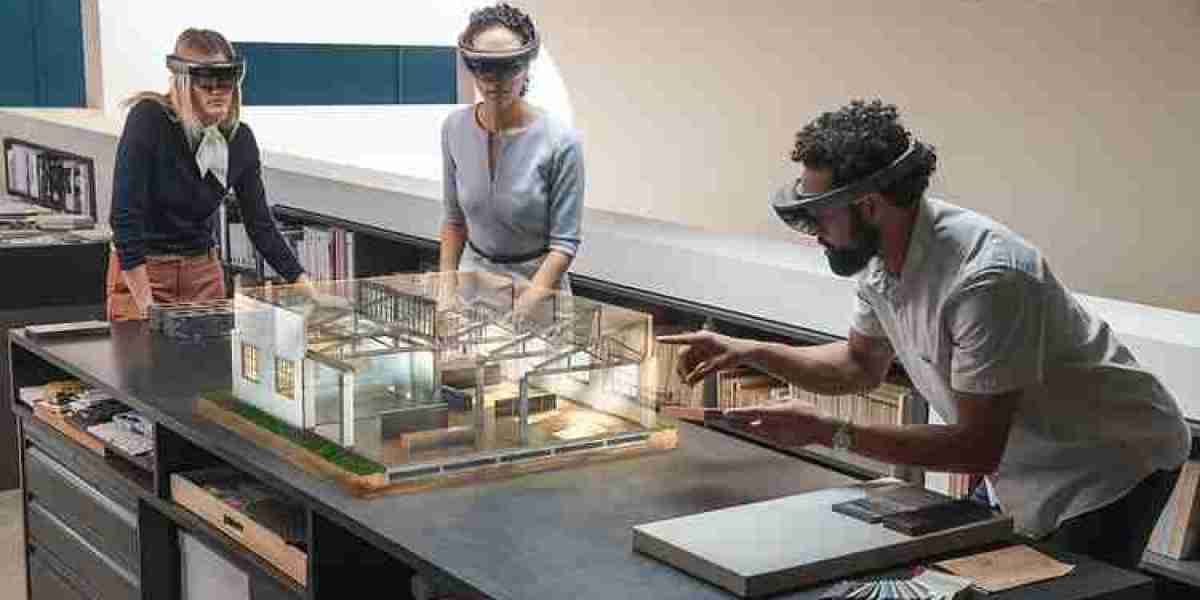Assessing the Mixed Reality Growth Rate involves examining various factors that influence the speed and extent of MR technology adoption across different sectors. These factors include technological advancements, market demand, industry applications, and regional dynamics.
Technological advancements in areas such as display technology, motion tracking, and spatial computing are enhancing the performance and capabilities of MR devices, making them more appealing to consumers and businesses. The development of software platforms that support MR applications is also facilitating the creation of diverse and innovative solutions.
Market demand for immersive and interactive experiences is driving the adoption of MR technologies in sectors like gaming, education, healthcare, and retail. Businesses are investing in MR solutions to meet these demands and differentiate themselves in a competitive environment. The increasing awareness of MR’s potential is contributing to higher adoption rates and faster growth across multiple industries.
Industry-specific applications are further accelerating the growth rate of the MR market. In healthcare, MR is used for surgical simulations, patient care, and therapy, improving efficiency and outcomes. Manufacturing and logistics sectors employ MR for training, remote assistance, and quality inspection, reducing costs and enhancing productivity. Retailers use MR for virtual try-ons and immersive shopping experiences, increasing customer engagement and sales conversion rates.
Regional developments also play a significant role in influencing the MR growth rate. North America and Europe lead in adoption due to technological infrastructure, investment in research and development, and a high concentration of MR solution providers. The Asia-Pacific region, particularly countries like China, Japan, and South Korea, is witnessing rapid growth due to increased smartphone penetration, industrial modernization, and government support for digital transformation initiatives.
Considering all these factors, the MR growth rate is expected to remain robust over the next decade. Continuous innovations in hardware and software, along with strategic partnerships and investment in MR technologies, will likely drive the market toward widespread adoption and sustainable expansion across diverse industries.








